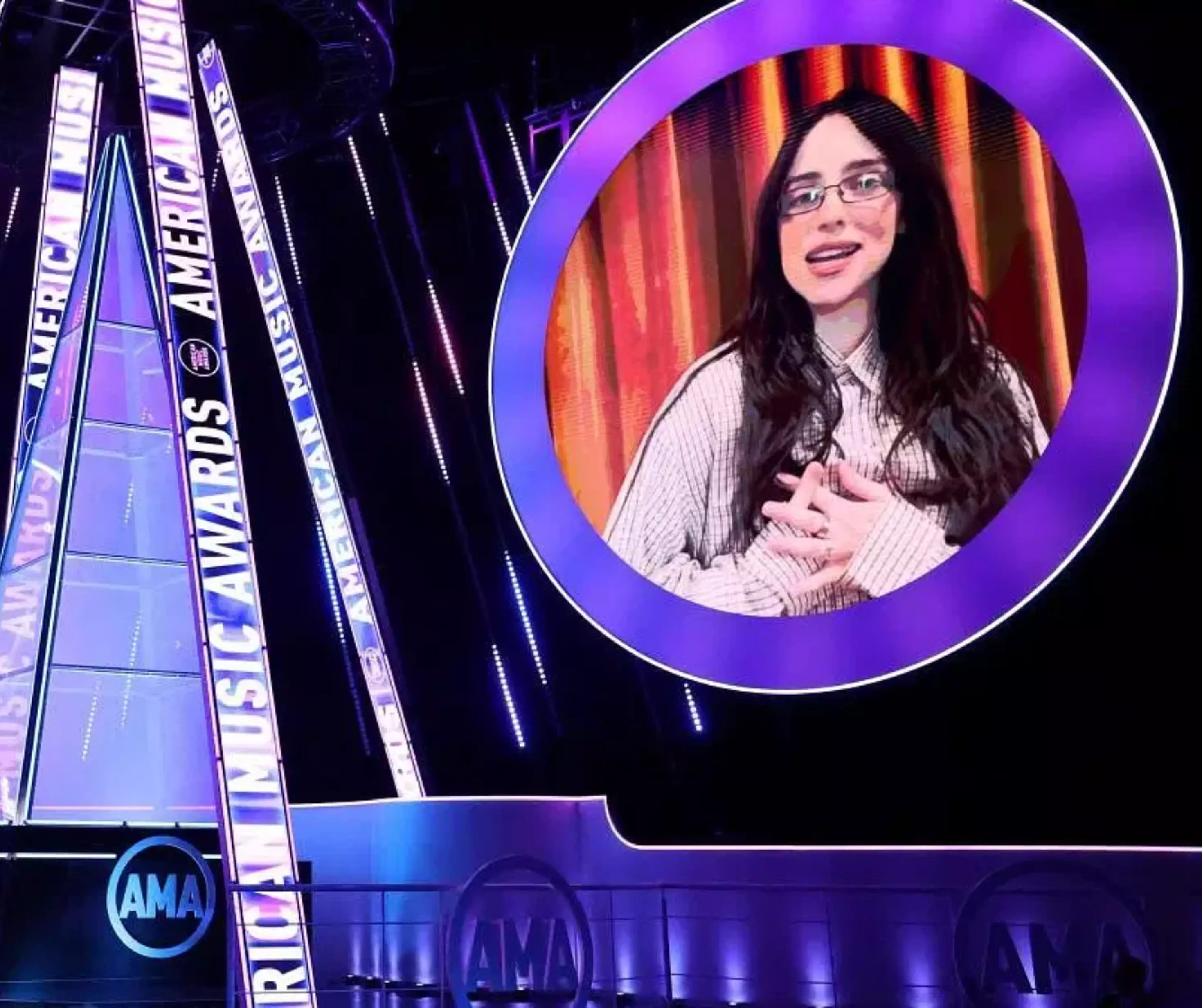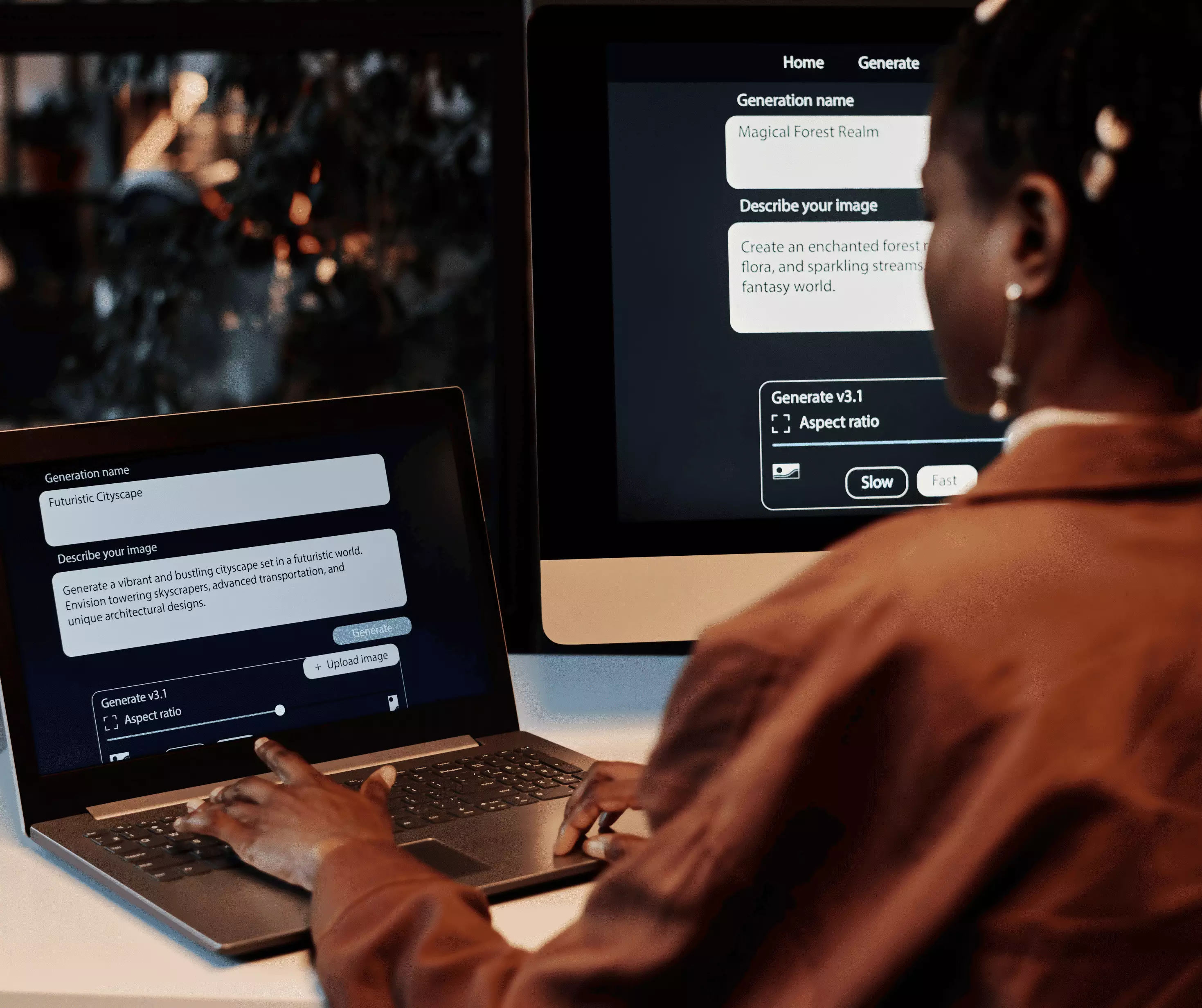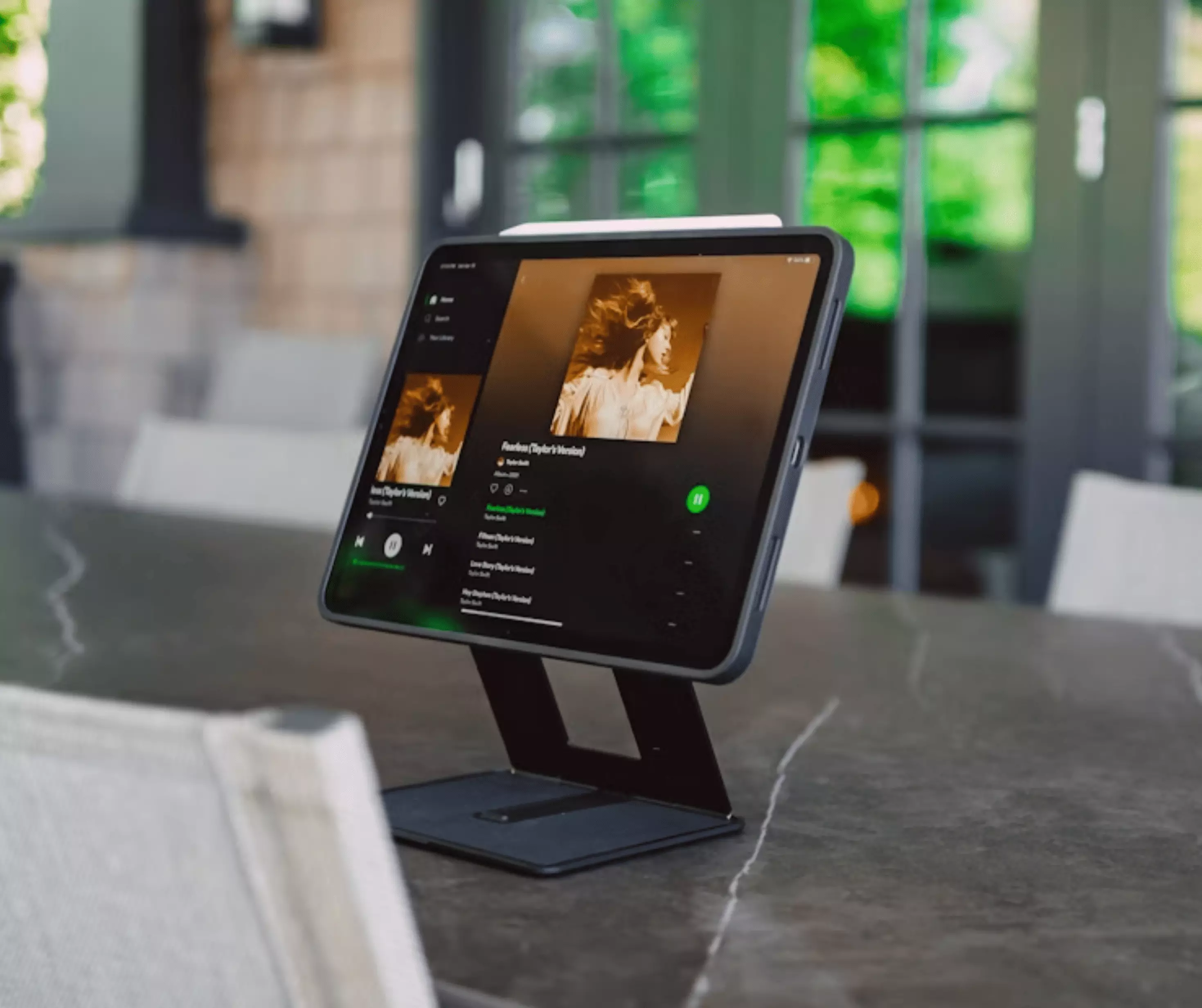Award shows move fast. Spotlight hits, applause rolls, and social clips start circulating within minutes. But once the lights fade, the real complexity begins: figuring out who gets paid and how.
The American Music Awards 2025 offered more than music. It delivered a modern case study on creator economics. Every outfit, performance, and backstage moment created digital content. Each layer involved people and platforms with a stake in the outcome.
Creators across the industry, like stylists, dancers, visual directors, sound techs, co-writers, rights holders, are now part of the revenue puzzle. Clear systems are essential. Payment should reflect participation, and digital moments should not go unmatched by digital payouts.
Artist Wins and Earnings Chains: Who Gets Paid After the Award?
Billie Eilish's Artist of the Year win at the AMAs 2025 highlights the extensive creative ecosystem behind successful performances. Beyond the artist, numerous collaborators, including producers, songwriters, musicians, stylists, managers, choreographers, and crew, contribute significantly to the value generated.Each has a unique compensation model. Some are paid upfront. Others are due to residual shares from digital use, streaming surges, or syndication. Without a tool to manage all parties transparently, money stalls or gets lost.
Live performances now represent high-velocity income that needs coordinated distribution, not single-entity accounting.
Red Carpet Creators and Missed Revenue from Viral Fashion
Kehlani’s shoes and Taylor Swift’s outfit dominated fashion coverage. These viral moments led to affiliate spikes, ecommerce referrals, and branded reposts.The contributions of stylists, photographers, and glam teams are crucial to creating memorable moments at award shows. However, they frequently lack access to the monetisation systems that these events generate. While attribution provides visibility, it doesn't translate to financial compensation for their creative work. The current system separates recognition from the economic benefits derived from their aesthetic contributions.
Every red carpet appearance that goes viral has an earnings trail. Creator payout systems must track who was involved, where the asset was used, and how the revenue is split.
Performance Rights and Legacy Tracks: Real-Time Licensing in Action
When Rod Stewart performed Forever Young, and when Becky G and Manuel Turizo shared the stage for a bilingual hit, they activated multiple layers of rights and residuals.Each song contained different rights holders across regions. Some rights were decades old. Others were brand new. As platforms replayed the performances, international licensing rules took effect.
Performance rights teams must be able to track usage across networks, streaming platforms, and promotional outlets. Without automated payout flows, rights holders miss earnings or face long delays.
From Social to Stage: Tracking Viral Performer Revenue Accurately
Artists like Renee Rapp and Benson Boone, who gained popularity online, showcased performances at the 2025 AMAs that quickly became viral content on platforms like TikTok, YouTube, and Instagram through clips, shares, memes, and reactions. This widespread reuse presents opportunities for monetisation, but realising this potential depends on the creator's ability to monitor and track the content's circulation.Viral clips introduce decentralised earning. Payouts no longer come from a single channel. They trickle in through platform-specific rules, regional views, and branded partnerships.
Creator teams require real-time visibility and pre-agreed splits across collaborators to operate in this ecosystem without leakage.
Broadcast Meets Platform: Why Global Streaming Fractures Revenue Chains
The American Music Awards (AMAs) 2025 broadcast across various platforms globally, including cable, digital apps, social media, and international partners, reaching audiences in Australia, the U.S., and Europe.These diverse channels operate under different regulations regarding advertising, royalties, and partner agreements. While some performance clips had full rights clearance, others were unofficially remixed.
Effective management of content reuse on a global scale necessitates territory-specific licensing and precise attribution. Without these measures, revenues can be misdirected or lost entirely.
Why This Matters for Creative Teams
Award shows amplify risk as much as opportunity. Teams relying on spreadsheets or informal payout agreements struggle to verify earnings once clips travel across time zones and platforms.Creative projects with high visibility involve multiple contributors. Without an operational system to support modern payout logic, teams face disputes, delays, and damaged relationships.
As creator earnings grow more distributed, systems need to match that complexity.
Creative Splits Makes Award Show Payouts Work for Every Contributor
Creative Splits is designed for intricate collaborations such as award show performances, viral content creation, brand partnerships, and team-driven initiatives. It offers a system to monitor incoming revenue, automatically distribute payments, and ensure all collaborators have a clear understanding of their earnings.Whether you’re managing artists, stylists, editors, rights holders, or digital production teams, Creative Splits provides a single source of truth for who gets paid, when, and how.
Book a walkthrough now and put payment clarity at the centre of your next big project!






